Health Benefits of Mushrooms
The Mushroom Cultivation Market is experiencing a surge in demand due to the increasing awareness of the health benefits associated with mushroom consumption. Mushrooms are recognized for their nutritional value, being rich in vitamins, minerals, and antioxidants. They are low in calories and fat, making them an appealing choice for health-conscious consumers. Recent studies indicate that certain mushroom varieties, such as shiitake and maitake, may possess immune-boosting properties. This growing interest in functional foods is likely to drive the market further, as consumers seek natural ways to enhance their well-being. The market for edible mushrooms is projected to grow significantly, with estimates suggesting a compound annual growth rate of over 8% in the coming years, reflecting the increasing incorporation of mushrooms into diets worldwide.
Rising Demand for Organic Mushrooms
The demand for organic products is on the rise, significantly impacting the Mushroom Cultivation Market. Consumers are increasingly seeking organic mushrooms, driven by concerns over pesticide use and a desire for healthier food options. Organic mushrooms are perceived as safer and more nutritious, which aligns with the broader trend towards organic food consumption. Market data suggests that the organic mushroom segment is growing at a faster rate compared to conventional mushrooms, with projections indicating a potential doubling of market size within the next five years. This shift towards organic cultivation practices not only caters to consumer preferences but also encourages farmers to adopt more sustainable methods, thereby enhancing the overall market landscape.
Sustainability and Environmental Impact
Sustainability is becoming a pivotal factor in the Mushroom Cultivation Market, as consumers and producers alike prioritize environmentally friendly practices. The cultivation of mushrooms typically requires less land and water compared to traditional crops, making it a more sustainable agricultural option. Furthermore, the use of agricultural waste as a substrate for mushroom growth not only reduces waste but also enhances resource efficiency. This circular economy approach is gaining traction, as it aligns with the global push towards sustainable food systems. As consumers become more environmentally conscious, the demand for sustainably cultivated mushrooms is expected to rise, potentially leading to a market expansion. The integration of sustainable practices in mushroom farming could also attract investments, further bolstering the industry's growth.
Technological Innovations in Cultivation
Technological advancements are playing a crucial role in shaping the Mushroom Cultivation Market. Innovations such as automated growing systems, climate control technologies, and advanced substrate preparation techniques are enhancing production efficiency and yield. These technologies enable producers to optimize growing conditions, resulting in higher quality mushrooms and reduced production costs. Moreover, the adoption of data analytics and IoT in mushroom farming allows for better monitoring and management of cultivation processes. As these technologies become more accessible, smaller producers are likely to adopt them, leading to increased competition and market growth. The integration of technology in mushroom cultivation not only improves productivity but also supports the industry's sustainability goals by minimizing resource usage.
Culinary Trends and Gourmet Mushroom Varieties
Culinary trends are significantly influencing the Mushroom Cultivation Market, as chefs and home cooks alike explore diverse mushroom varieties for their unique flavors and textures. Gourmet mushrooms, such as truffles, chanterelles, and oyster mushrooms, are gaining popularity in high-end restaurants and among food enthusiasts. This trend is likely to drive demand for specialty mushrooms, leading to an expansion of cultivation practices focused on these varieties. Market Research Future indicates that the gourmet mushroom segment is expected to grow at a robust pace, with consumers willing to pay a premium for unique culinary experiences. As the culinary landscape evolves, the Mushroom Cultivation Market may see increased investment in research and development to cultivate new and exotic mushroom varieties, further enriching the market.



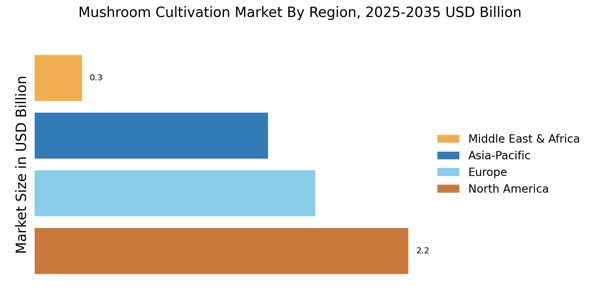
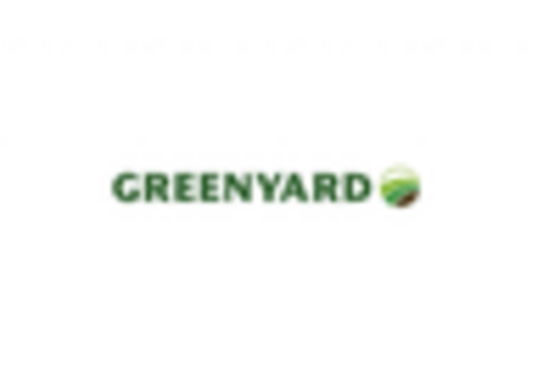

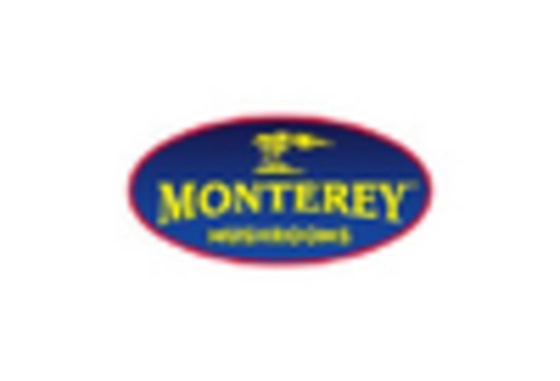
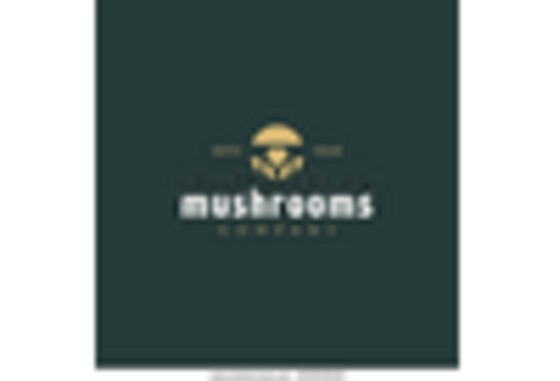

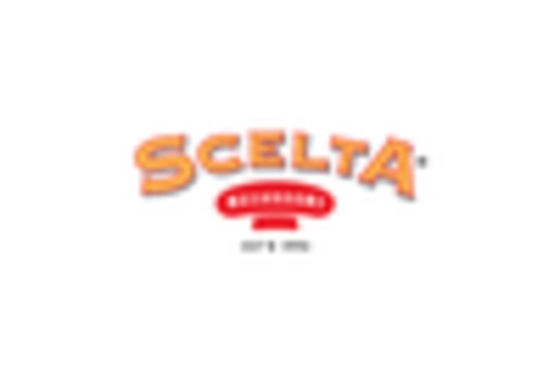








Leave a Comment